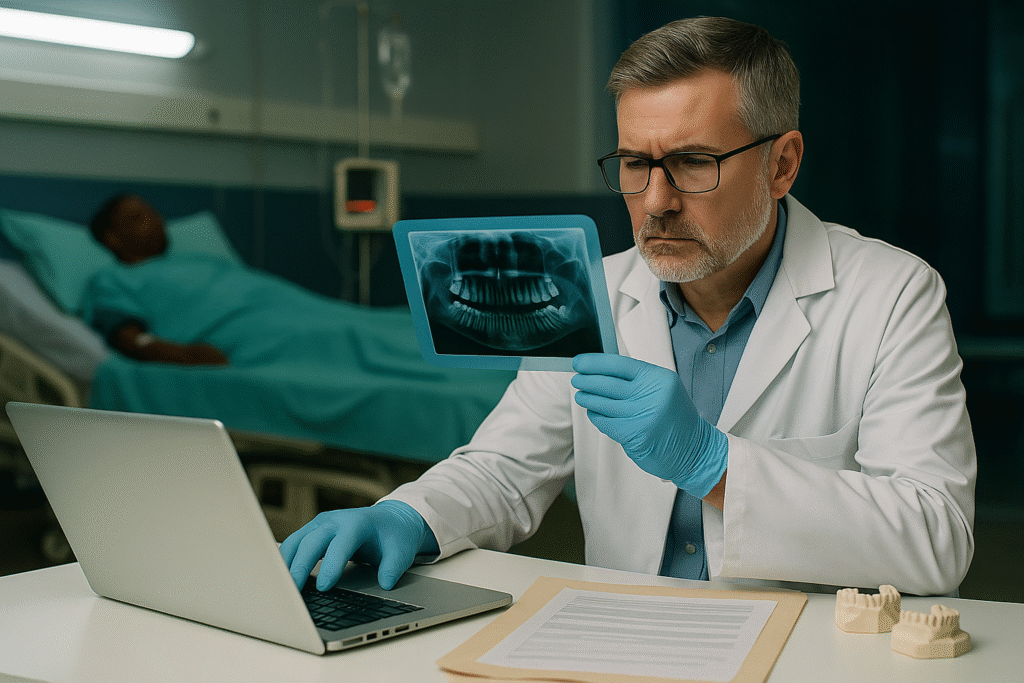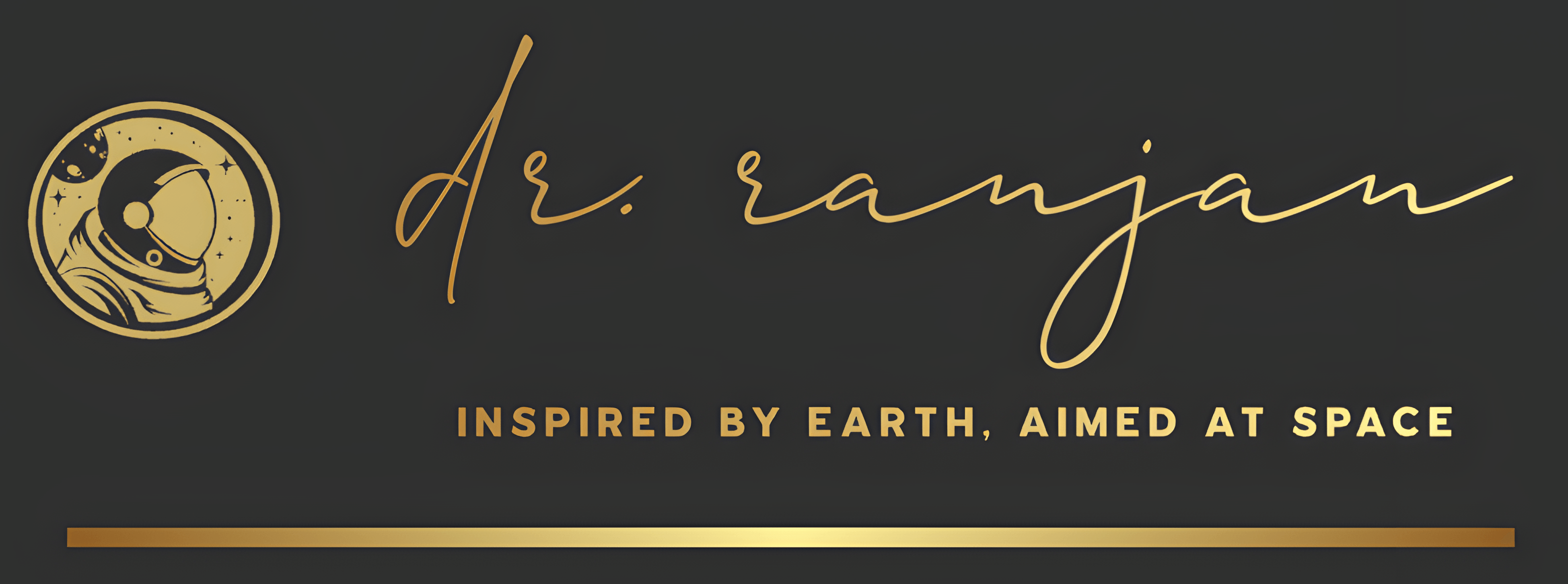How Dental Forensics Helps Identify AI-171 Flight Crash Victims
Martian Smiles Lab Editorial Team
New Delhi, UPDATED June 14, 2025 15:52 pm

When Goodbye Isn’t Possible
When a disaster strikes—a plane crashing into a remote hillside, a tsunami swallowing coastal towns, or a high-rise consumed by fire—the result is often devastation that goes beyond recognition. The recent crash of Air India Flight 171 in Ahmedabad, India, is one such tragedy that shook not just India but the whole world. The aircraft burst into flames upon landing, leaving behind a horrific scene and an agonizing wait for families seeking answers. Victims’ bodies were charred beyond recognition, making traditional identification nearly impossible.
In such moments, when faces can no longer tell their stories, teeth can. Forensic dentistry becomes the last resort—a science that brings back identity when every other feature has been erased. It is in these moments that teeth speak loudest, offering answers to grieving families, restoring dignity to the lost, and transforming anonymous tragedy into a name, a history, a farewell.
What Is Forensic Dentistry?

Forensic dentistry, or forensic odontology, is a specialized branch of dentistry that applies dental science to legal investigations, particularly those involving human remains. In disasters like the AI-171 crash, identifying the victims with teeth has proven more reliable than DNA alone. Where the body is unrecognizable due to trauma, burn, decomposition, or environmental conditions, the mouth often retains enough evidence to tell the story.
Teeth are some of the most resilient structures in the human body. Enamel, the hardest substance we produce, survives where skin, organs, and even bone fail. With dental records, X-rays, and charts in hand, forensic dentists compare the state of teeth in the deceased to existing records, matching everything from fillings to implants to jaw alignment.
Each person’s mouth becomes a signature—distinct and informative. In addition to victim identification, forensic dentists can detect evidence of abuse, trauma, or medical history.
The Process of Identifying AI-171 Victims with Teeth
"The body had been so severely burnt, there was nothing left, and the teeth didn't even survive."
— Avi Mayer אבי מאיר (@AviMayer) October 29, 2023
My friend Ilana is a dentist in Jerusalem. She's been volunteering to help identify the remains of victims of the October 7 Hamas massacre.
Watch this.pic.twitter.com/XXy95QRD6m
The process of identifying AI-171 crash victims begins at the disaster scene. Forensic dentists document each set of teeth through photos, X-rays, and dental charts. Even in severe damage, restorations like crowns or fillings often remain intact and become key identifiers. For example, the body of former Gujarat Chief Minister Vijay Rupani was identified through his dental records, with a distinctive crown playing a crucial role in confirming his identity amid the severe damage to his remains.
Investigators then gather antemortem dental records from hospitals, clinics, and families—often spanning countries in international disasters. With these records, forensic odontologists compare radiographs and restorations to confirm identities, sometimes down to a single molar.
A similar method is seen in a video shared by the Israeli Embassy, where a dental expert explains how victims of the October 7 terrorist attacks were identified using teeth.
Disaster's Aftermath Solved by Dental Forensics
Time and again, forensic dentistry has proven vital in identifying victims of major disasters. After the 2004 Indian Ocean tsunami, dental records helped Thai authorities identify over 3,000 international victims. In the aftermath of the 9/11 attacks—where extreme heat and structural collapse left most remains severely fragmented—dental evidence played a crucial role in giving families closure. Dr. Michael Tabor, a forensic dentist involved in the 9/11 identification efforts, explained in a Channel 4 News interview how teeth often withstood conditions that destroyed other means of recognition.
Similarly, in the 2015 Germanwings crash in the French Alps, where bodies were shattered on impact, dental comparisons allowed for the confirmation of all 150 victims. Japan’s centralized dental database also proved critical during the 2011 tsunami and earthquake, helping identify nearly 95% of the deceased.
The Limitations: When Dental Records Aren’t Enough
Despite its strengths, forensic dentistry is not without its challenges. In many parts of the world, dental records are either poorly maintained, inconsistent, or entirely unavailable. In some low-resource regions, individuals may have never visited a dentist, leaving no antemortem documentation behind. In high-impact disasters, extreme heat or water damage can also compromise dental remains.
These limitations underscore the need for broader awareness, better recordkeeping, and technological innovation to fill in the gaps when traditional methods fall short.
Why We Need National Dental ID Systems
Teeth tell us so much - from victim/perpetrator identities (forensic dentistry) to discovery of our ancestors (human evolution)
— Prof Sarah Baker (@sarahRbakerDPH) May 26, 2023
This is from 330-241 thousand years ago excavated from a cave system in South Africa
The discovery of a novel hominin species, Homo naledi
Link in🧵 pic.twitter.com/B86qMORYO8
Despite its importance, forensic dentistry remains underutilized in many parts of the world. Dental records are often fragmented, handwritten, or stored in incompatible formats. In the chaos of a disaster, the lack of a centralized, secure dental database can delay identification by days, weeks, or even months.
There’s an urgent need to modernize how we store and access dental data. A nationally standardized, encrypted dental ID system would streamline identification efforts and ensure rapid response. Much like fingerprint or passport databases, dental ID systems should be interoperable and globally accessible to authorized forensic teams.
Emerging technologies like AI and 3D dental scanning are also being explored to automate matching and improve accuracy, especially when traditional records are incomplete. Emergency preparedness must also include training first responders to work with dental teams from the outset. In disaster-prone zones, especially where natural catastrophes are increasing, having protocols that integrate dental forensics is no longer optional—it’s vital.
Giving Back a Name
The AI-171 incident in Ahmedabad is the latest example of how identifying disaster victims with teeth is both a scientific and humanitarian breakthrough.
For families grasping for closure, that truth is everything. It allows a name to be etched on a grave, a photo to be framed, a prayer to be said. Dental forensics offers not just science but solace.
In a world where disaster can strike at any moment, investing in dental identification systems, training, and preparedness is a humanitarian necessity. Because when the face is unrecognizable, it is the teeth that will reveal the name of the lost—and let them be found.
Official Address
- Bonn, Germany
- Victoria, Mahe Island, Seychelles
- New Delhi, India.
- info@drbibhakarranjan.com
- +49 15560 936114
Copyright 2025 Dr Bibhakar Ranjan – All Rights Reserved
